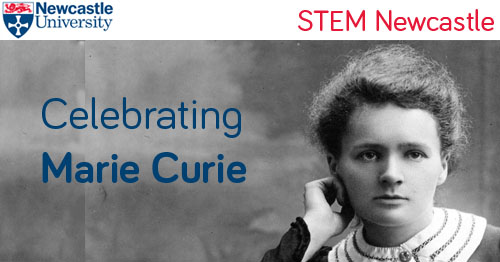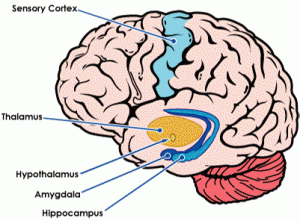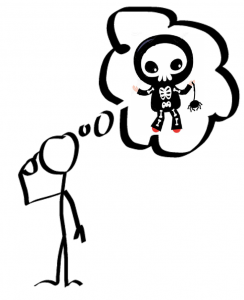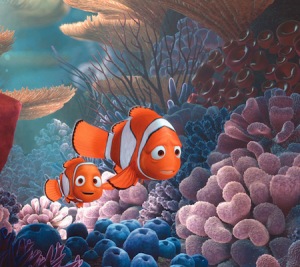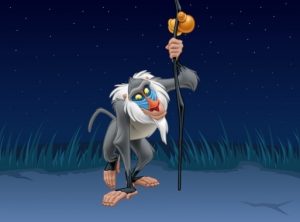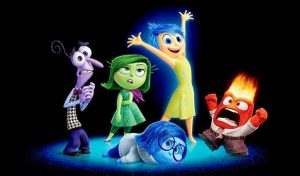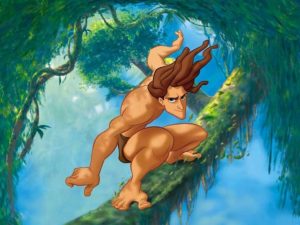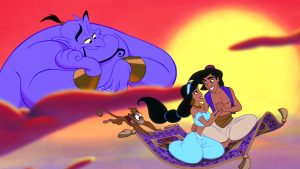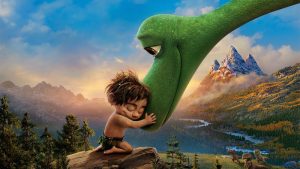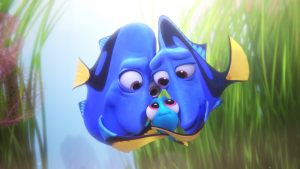Marie Curie was born 149 years ago today. We think she is one of the most inspiring female scientists as one of the first women to make an outstanding contribution to science. Her work overturned established ideas in physics and chemistry and helped overcome societal barriers for women.
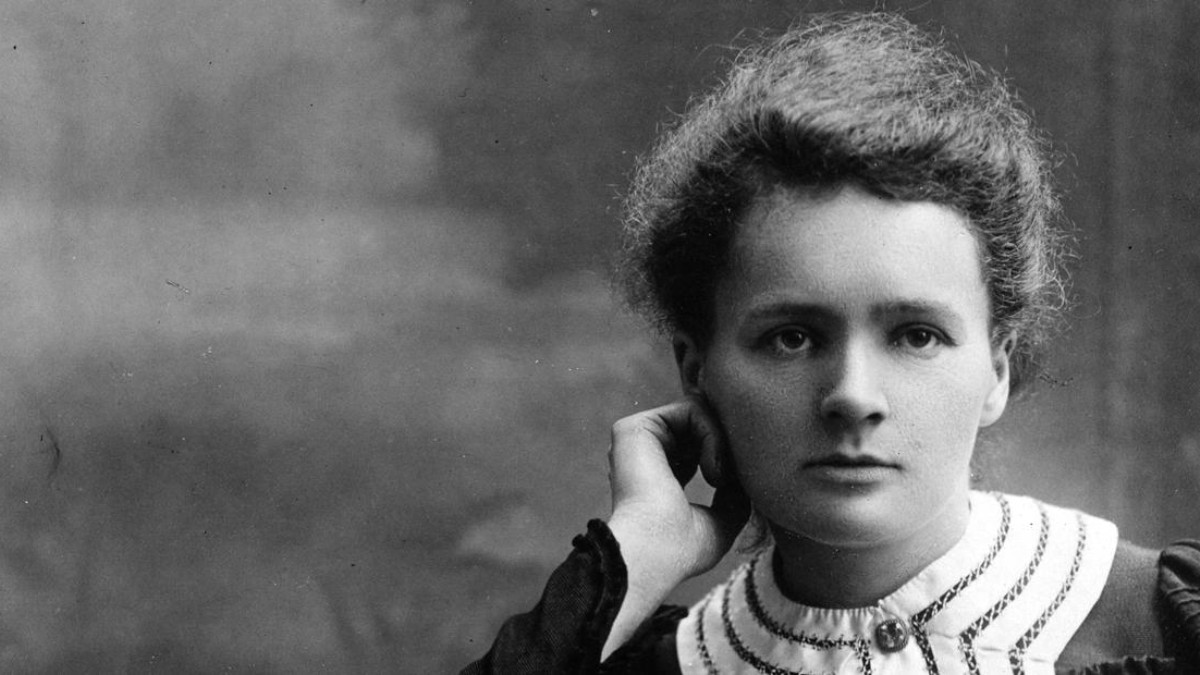
Marie Sklodowska was born in Poland in 1867. In 1891 she went on to study physics and maths at Sorbonne University in Paris. She met Pierre Curie, professor of the School of Physics, who she married in 1895, becoming Marie Curie.

The Curies worked together investigating radioactivity, the process where atoms decay by emitting radiation. With help from other physicists they discovered new elements, polonium (named after her home country, Poland) and radium in 1898. This work was extremely difficult as they were constantly exposed to radioactive elements, which made them feel ill, an effect known as radiation sickness. They received the Nobel Peace Prize in Physics for their work in 1903. Marie Curie was the first woman to win a Nobel Prize.
Unfortunately, Pierre died from being knocked down by a carriage in 1906. Marie Curie took over his professor post and became the first woman to teach at Sorbonne University. She received a second Nobel Peace Prize in 1911 for her work in chemistry where she determined a way to measure radioactivity.

Her research was crucial in development of X-rays. Marie developed small mobile X-rays that were used in World War One to diagnose injuries. She worked with her daughter at the front line to help diagnose injuries.

Marie Curie died due to exposure to radioactivity during her work in 1934. The Marie Curie Hospital was opened in 1930, specialising in radiological treatment of women suffering from cancer. The Marie Curie charity was established in 1948 which now offers care, support and guidance for people with a terminal illness.
